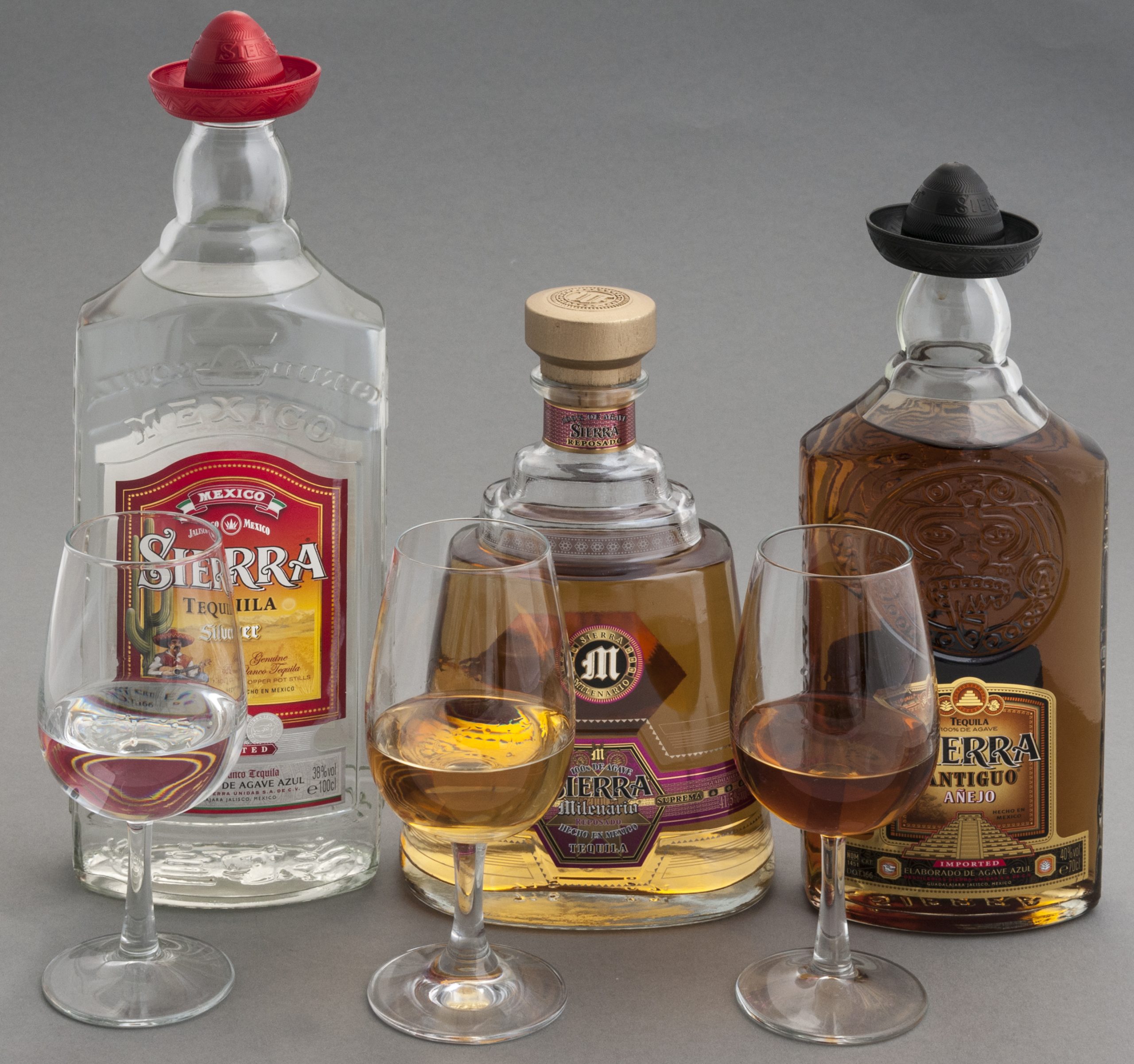The origins of Cerveza mexicana can be traced to the European explorers who founded tiny breweries, mostly in Mexico City, upon their arrival on the American continent. Pulque and aguardientes were eventually replaced by beer, and those little brewers grew into some of the biggest and most successful breweries in the world. Only the Czech Republic, Germany, England, Austria, and Spain are larger consumers of beer than Mexico is today. Mexico is also one of the world’s major exporters of beer. In Mexico, beer is consumed in a variety of ways, including with clamato (a tomato sauce and clam broth), in a michelada (with a sauce made of tomato juice, squeezed lime, Maggie sauce, Worcestershire sauce, hot sauces, and garlic salt), in a chelada (only with squeezed lime), with a good mezcal, or by itself and in a very dead place (adequately cold). However, beer isn’t just consumed in Mexico; it’s also utilised to make stews, fiery sauces, and ceviches.

Different types of Mexican Beer:
- CROWN: Although it is called Corona, it was sold as Coronita in Spain due to a Catalan wine group’s earlier registration of that term for an alcoholic beverage. The most popular beer in the world, La Corona is served with a lime wedge and goes well with simple foods like snacks or itches. Its flavour is pleasant and well-balanced, making it ideal for a hot afternoon by the sea or by the pool.
- SUN: The intense flavour of the sauces used to produce both drinks won’t be changed by this lager, making it a fantastic choice for clamatos or micheladas. Additionally, it goes well with seafood, Asian food, and generally any dish with a lot of exotic flavours and spicy components because it keeps your mouth from burning and enhances the flavour of the food.
- SPECIAL MODEL: It’s a delectable and sophisticated choice because the malt used to make it is the smoothest of all. As if that weren’t enough, the fruity and citrus flavours in this Pilsner help to lessen the searing sensation brought on by the spiciness. It has a beguiling golden tint. As a result, it’s ideal for consuming aguachiles, seafood and ceviches, raw fish, sushi, salmon, salads, vegetables, and rice meals. As its citrus flavours go wonderfully with the sauces used to make these beverages, it also works in micheladas and cheladas.

